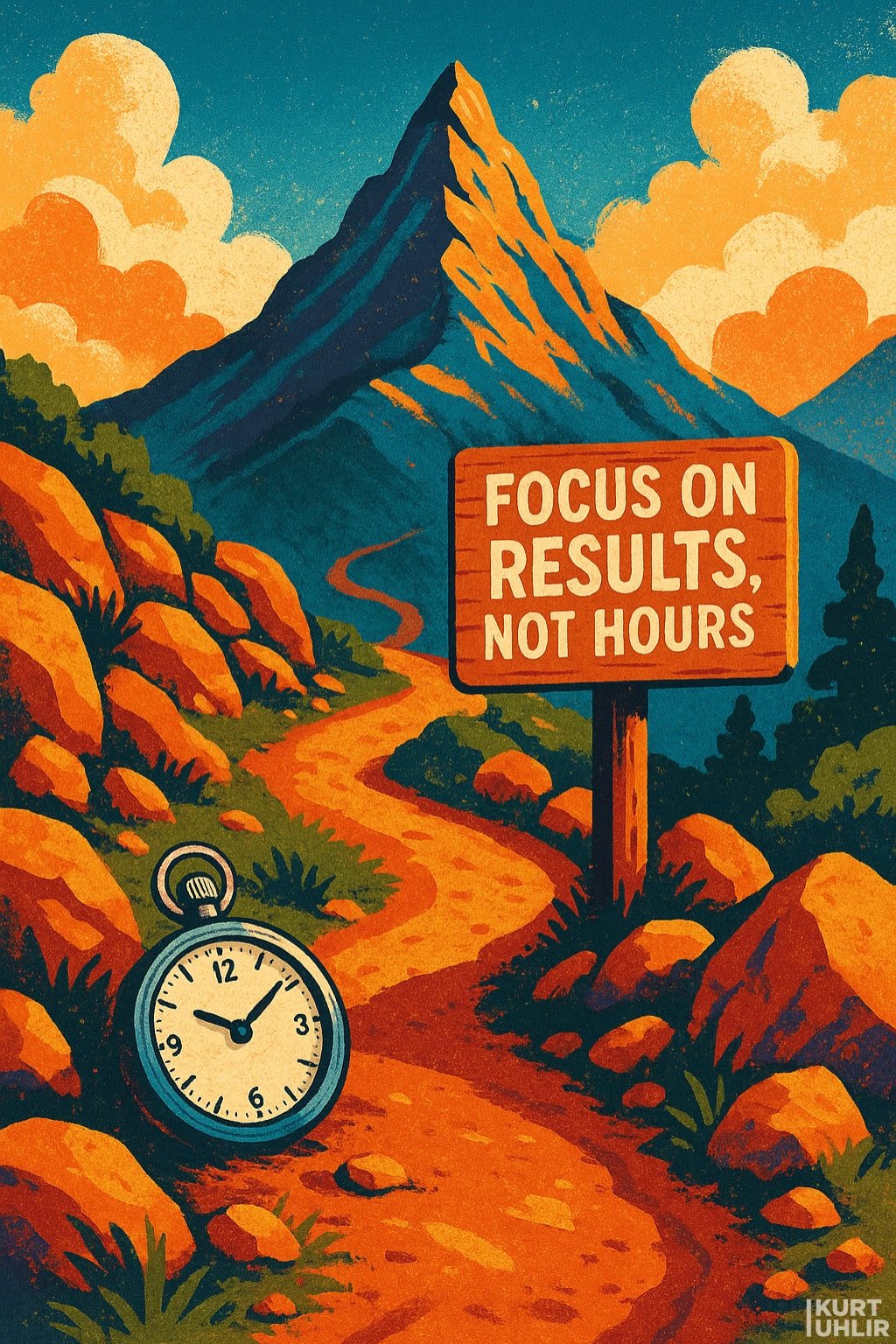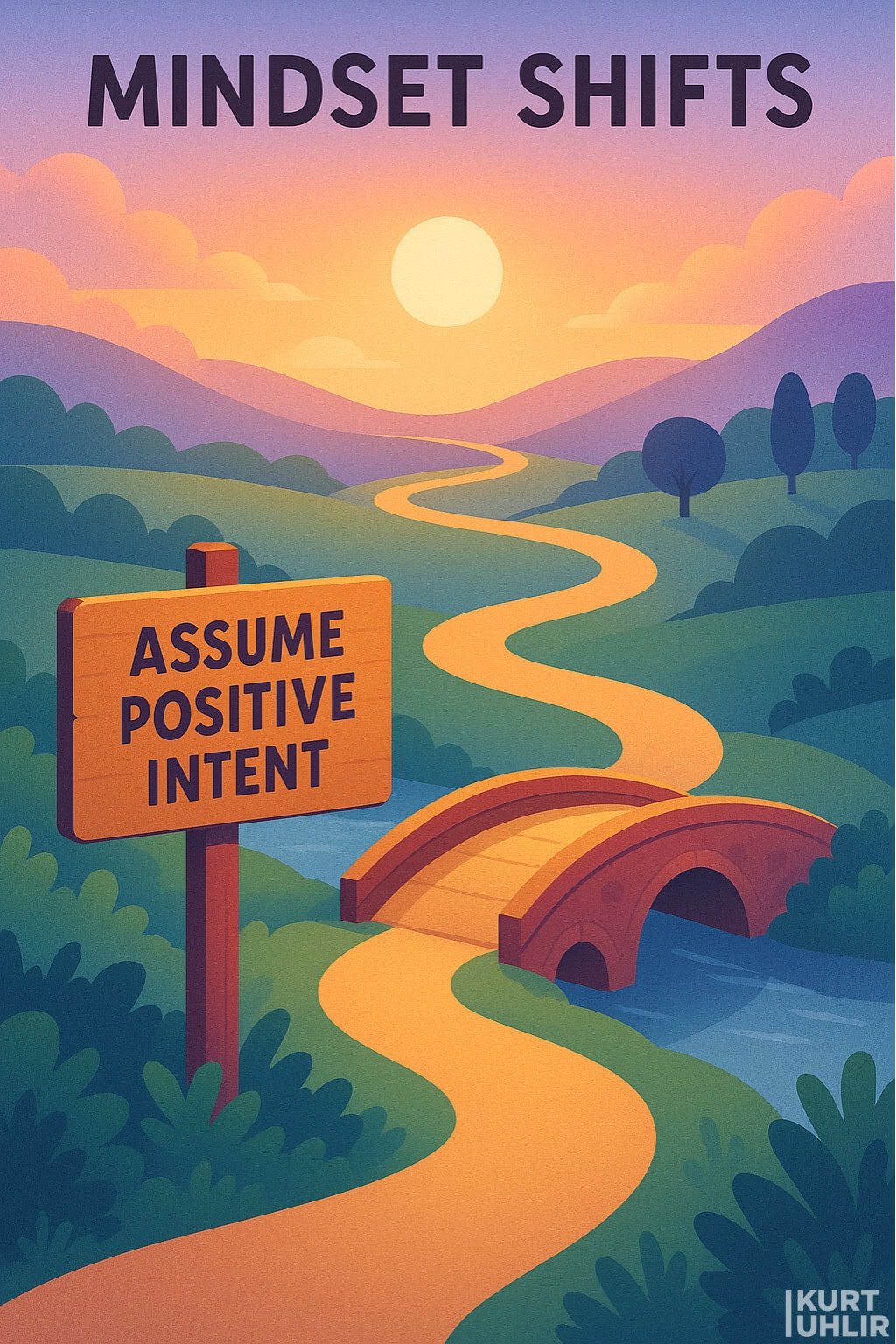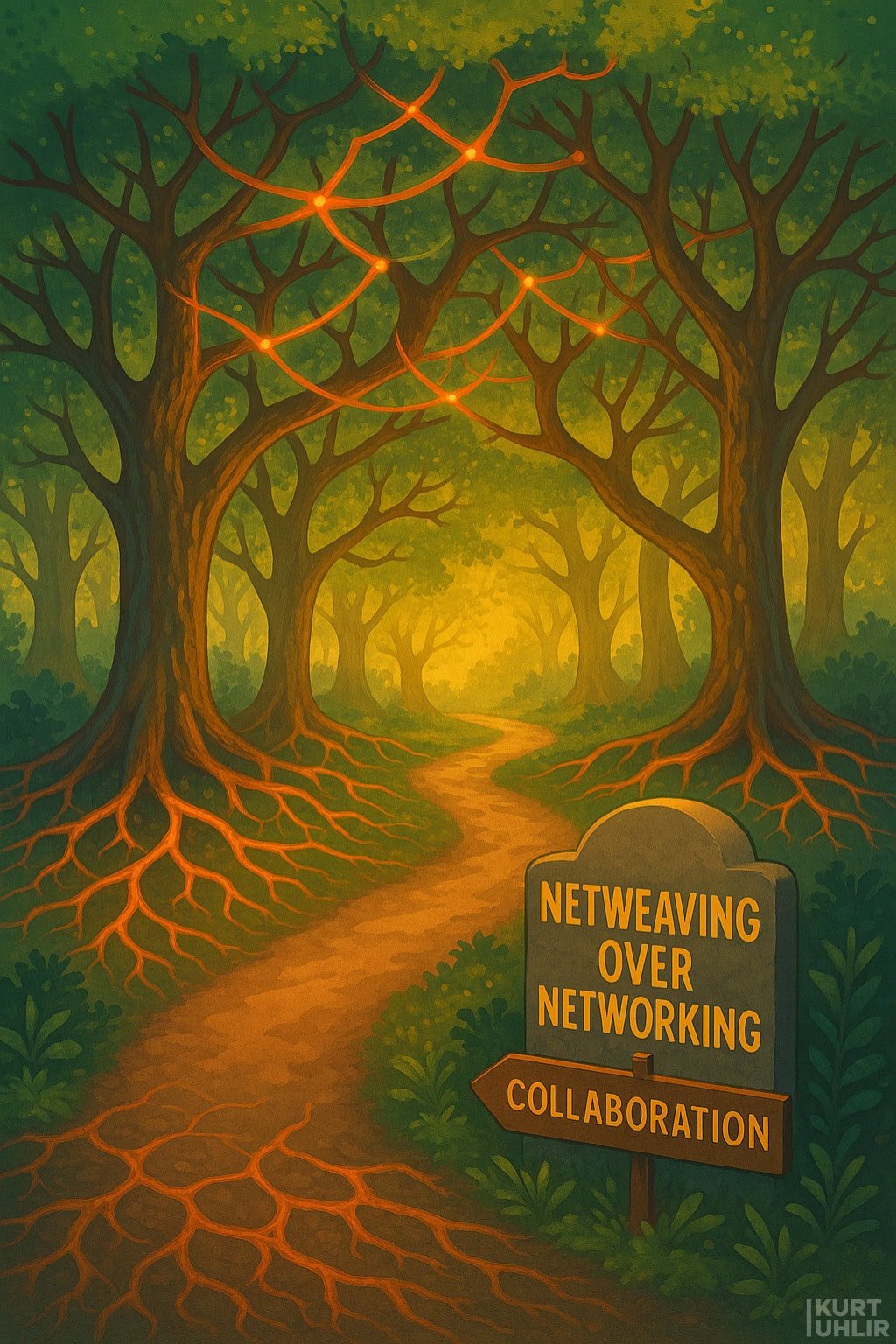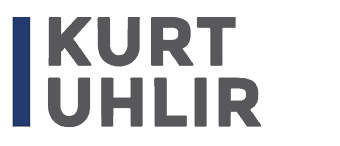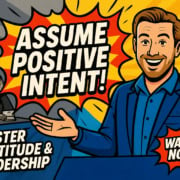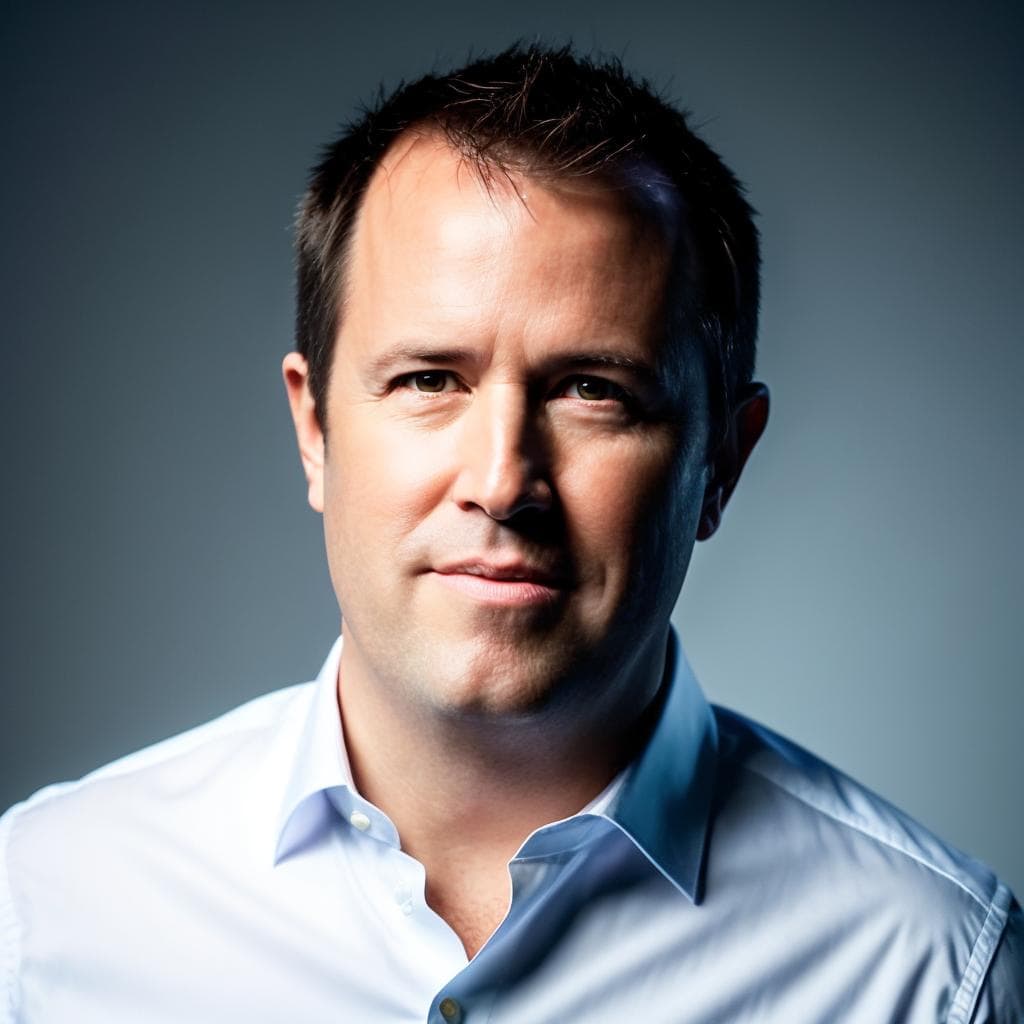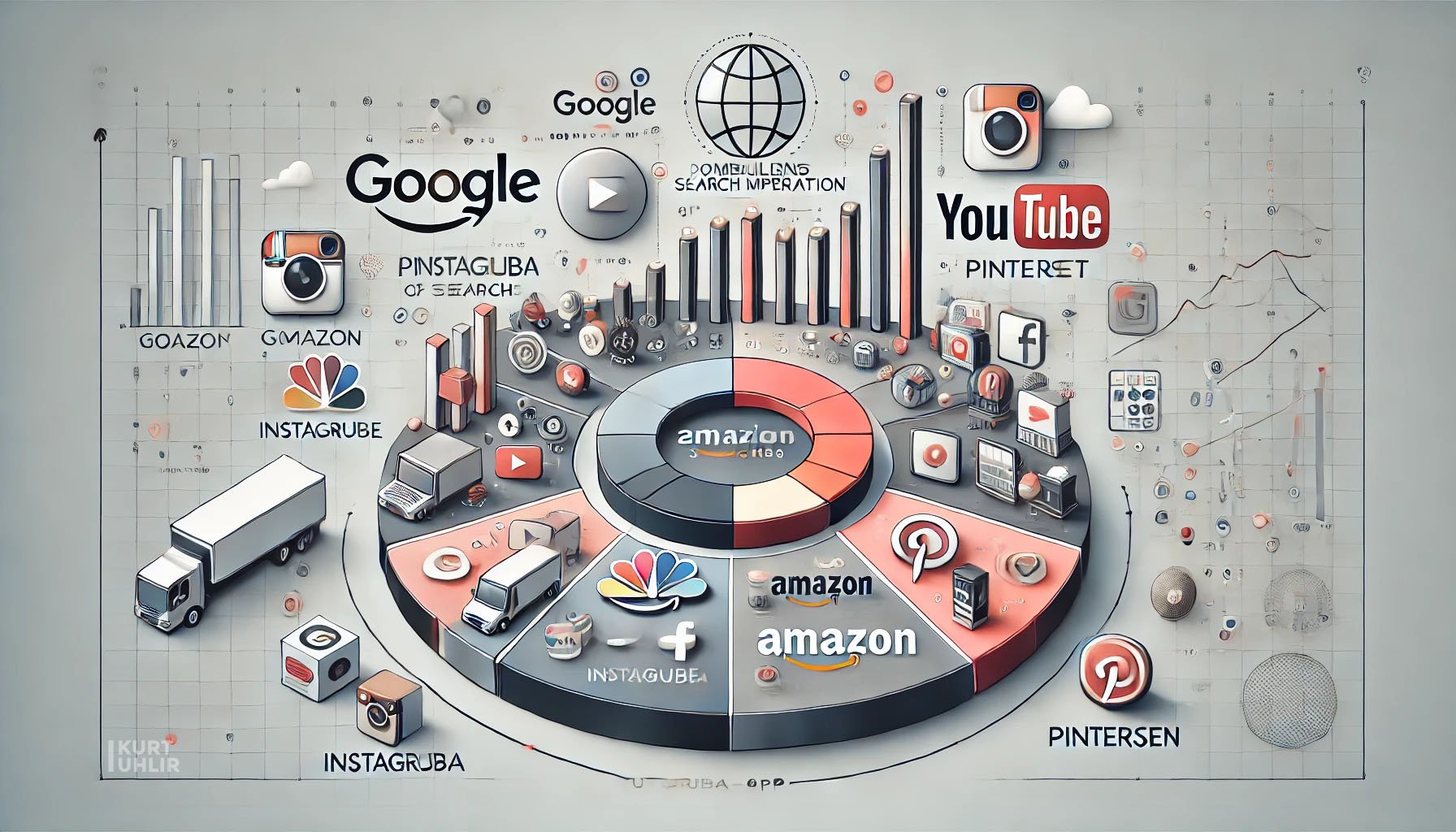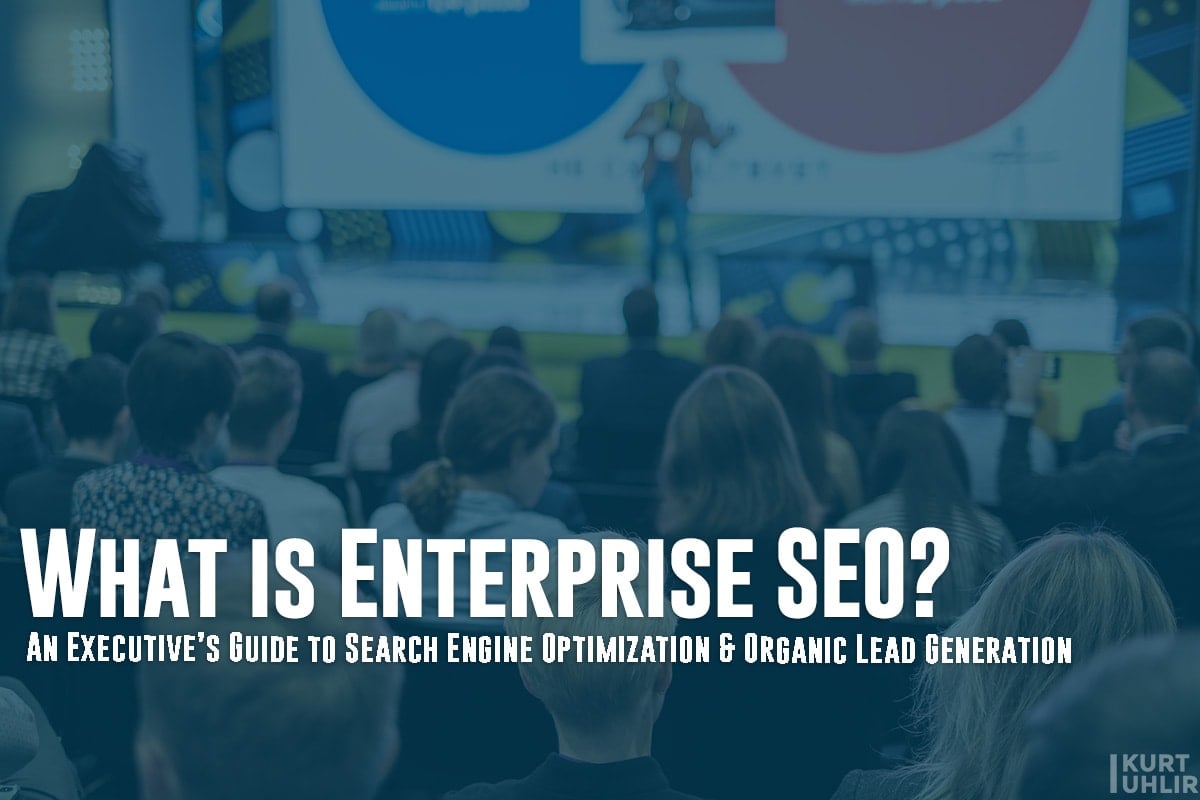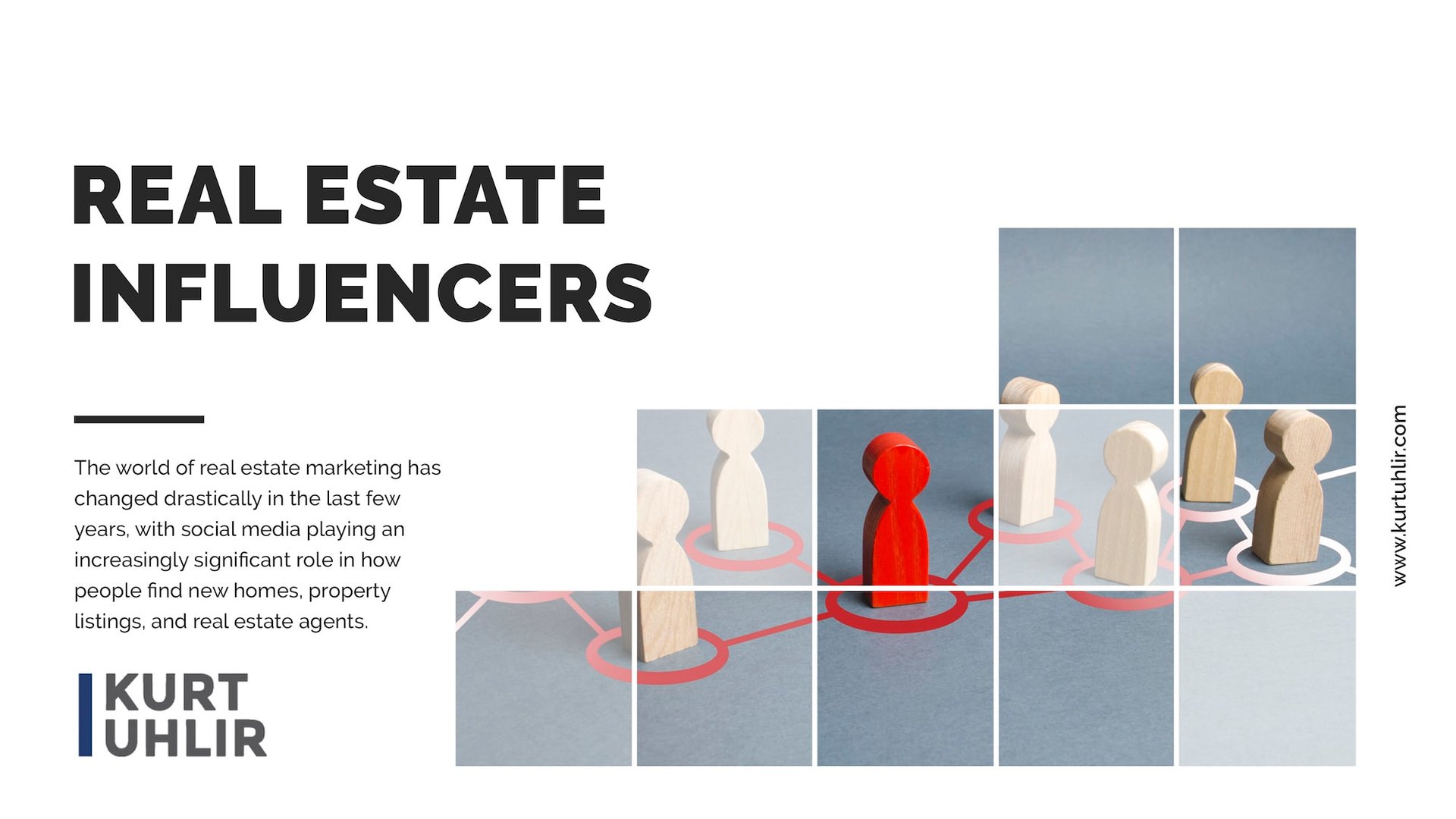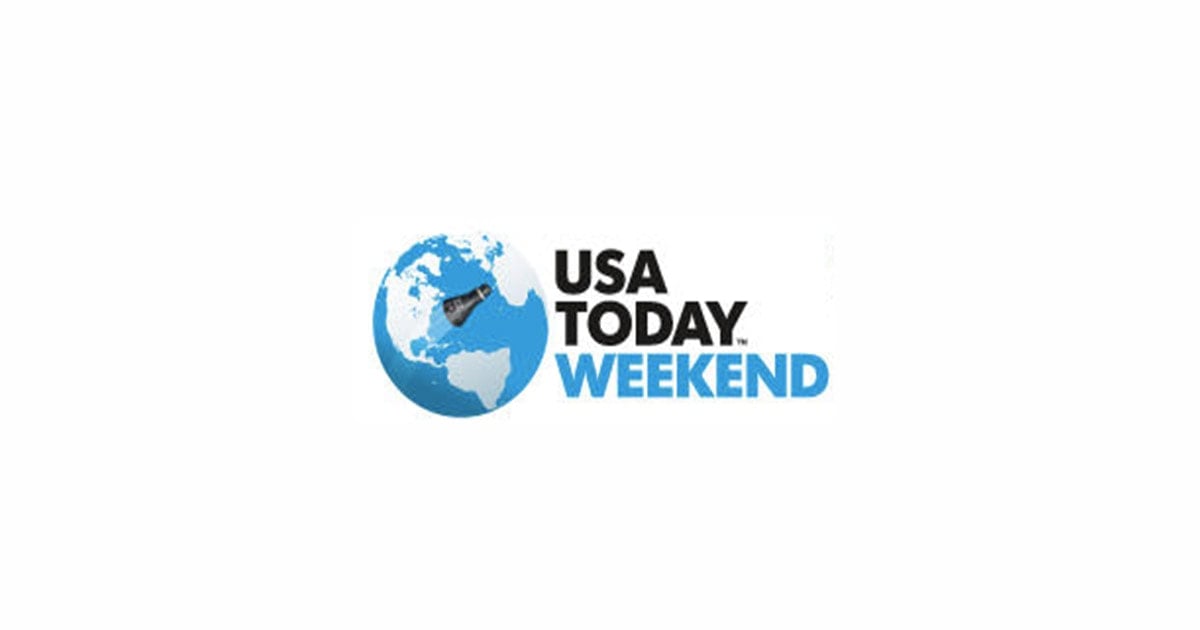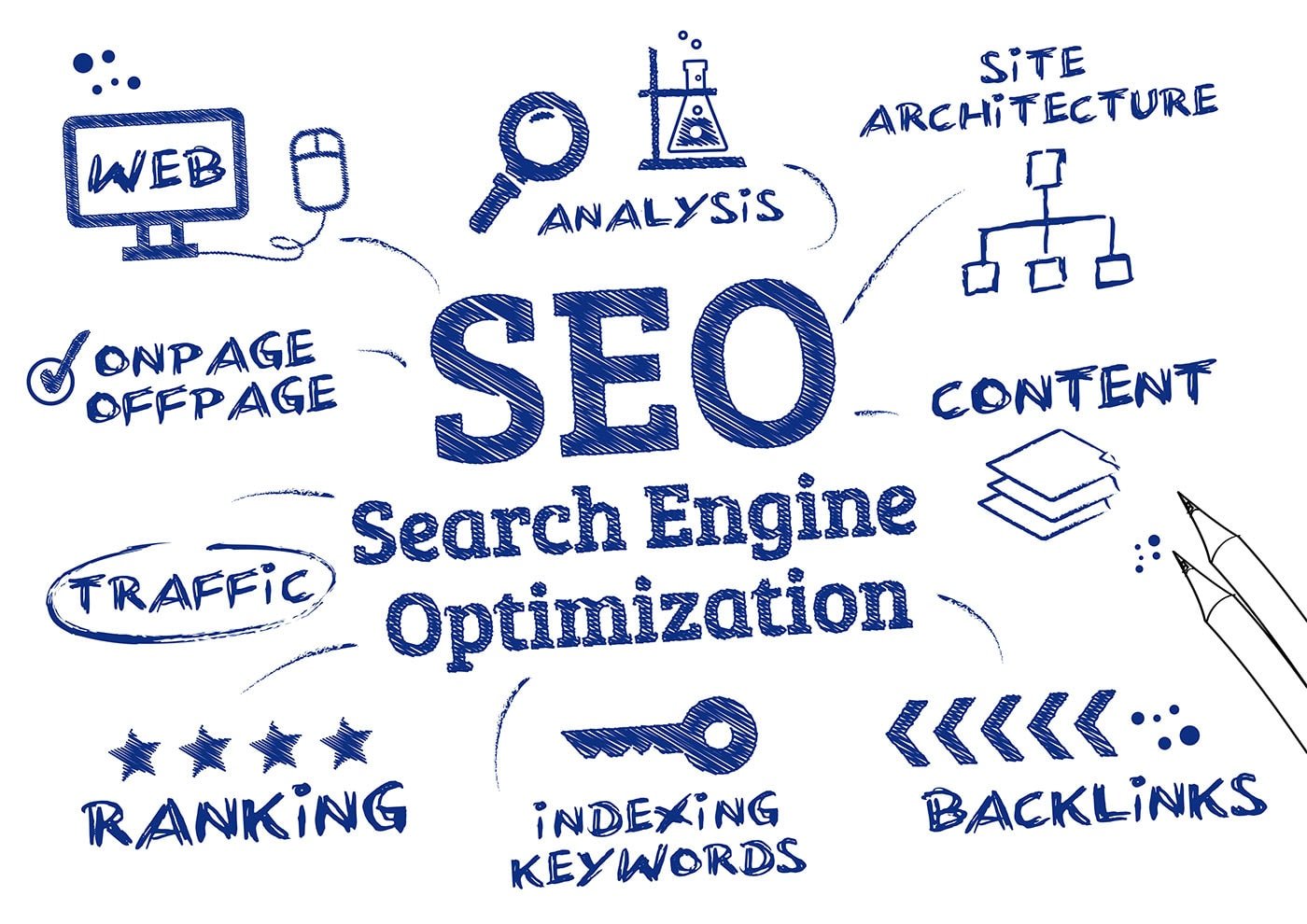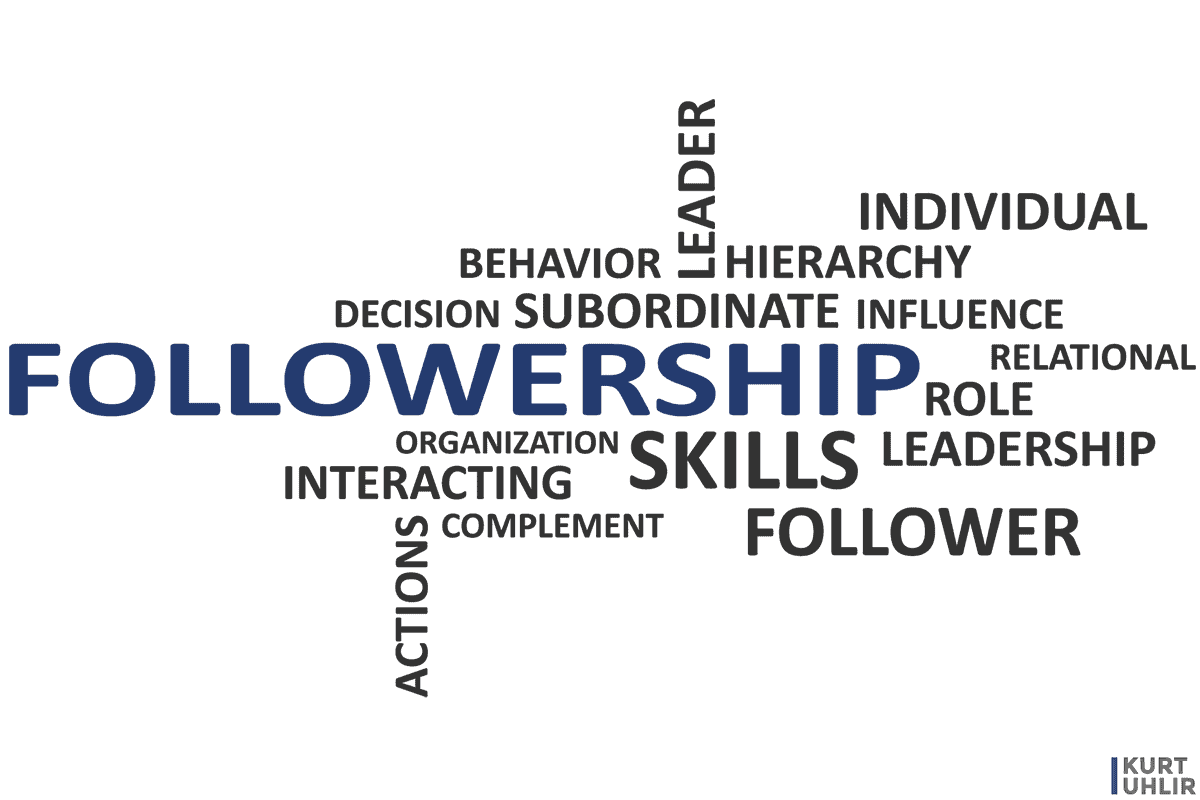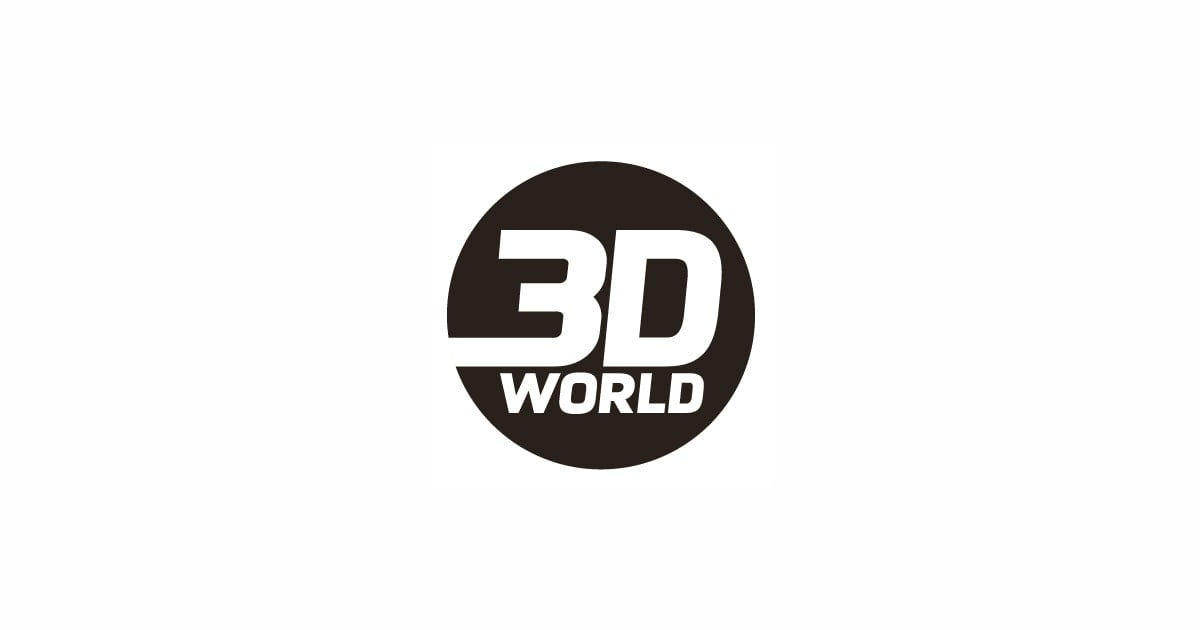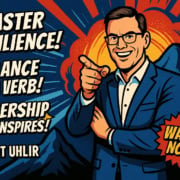Results-Driven Teams and the Power of Gratitude: Kurt Uhlir Joins Kandas Rodarte on the Gratitude Geek Podcast
Assume Positive Intent: How Servant Leadership—and a Healthy Dose of Geekery—Can Transform Teams and Industry
“Assume positive intent.”
It’s not just a nice-sounding mantra—it’s a force multiplier when you’re scaling a company, leading a team, or even navigating a marriage. The best businesses, and the best relationships, are built on that foundation: trust that’s earned, not given, and systems that turn good intentions into outcomes you can measure.”
Some lessons in business come by design. But many of my deepest insights, the patterns I come back to again and again, arrived unexpectedly—refined through moments of friction, the pressure of scaling, or the awkward discomfort of being challenged by someone who sees things from a different perspective.
I sat down with Kandas Rodarte on the Gratitude Geek Podcast to dig into leadership, company building, how mapping data became the backbone of everything from navigation to video games, and why too many companies still confuse motion with momentum. Kandas is sharp, direct, and brings her own stories from retail, small business, and community leadership. What followed wasn’t your average “how I built this” conversation, but a two-way exploration of what actually moves the needle—for teams, for entrepreneurs, and for anyone trying to do work that matters.
More than 10,000 people have already watched our interview on YouTube, with many more tuning in on other platforms.
If this conversation sparks something for you—questions, pushback, or agreement—I’d love to hear your thoughts in the comments below. I read every one.
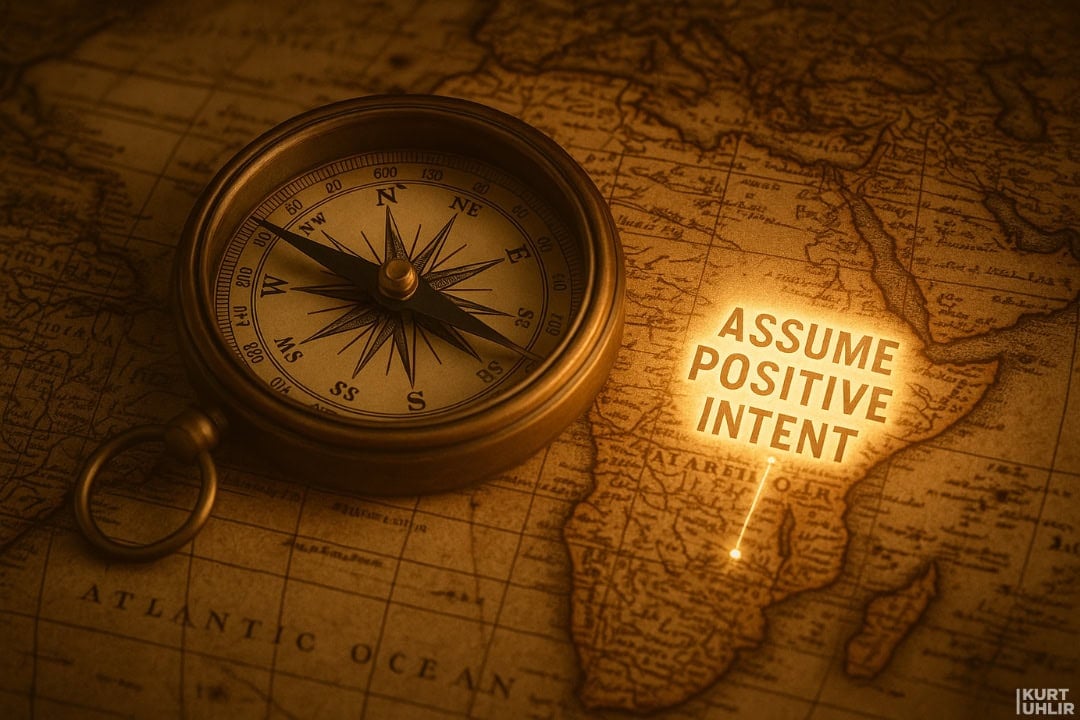
Why Teams Succeed: It’s Not the Perks
Scaling a company isn’t magic. It’s about systems, discipline, and the willingness to rethink what actually drives value—again and again, at every inflection point.
My journey into scaling started young. I launched two LLCs at 14, did well, but honestly, didn’t quite realize how rare or valuable that was. It wasn’t until I landed, post-master’s, as an apprentice to M. Salahuddin Khan—at a company that grew from $85 million to $1.44 billion in under eleven years—that I truly felt the raw physics of scale. Revenue exploded. We went from 600 people to 5,000. We were building and licensing the base mapping data for companies like Microsoft, Garmin, and eventually, for the whole world.
And here’s the pattern I saw, over and over:
- The companies that win don’t just “work harder.” They pour obsessive energy into building systems that let them scale, adapt, and run faster as they grow—not slower.
- Leaders who expect loyalty because of titles or office proximity miss the point. Trust and performance flow from clarity—of the outcome expected, the way results get measured, and the support you actually provide to those on your team.
- You can’t fake a high-performing team with perks, fancy offices, or top-down culture-building. People show up for the work, because they know their work matters—and they’re trusted to deliver.
At one point, Kandas jumped in with a story from her retail days—how even the earliest GPS units were so imprecise, the only buyers were extreme skiers and mountaineers whose lives might literally depend on a rough signal. Technology moves forward, but the need for clarity—the rules of the game—never changes.
“To me,” Kandas said, “the difference between successful people who work from home and people who just can’t do it is all about systems and routine. If I don’t follow my system, my whole week gets thrown off.”
Exactly. Office or remote, it’s not about where you sit. It’s about how relentlessly you execute on the outcomes that matter.
Mapping the World—And the Real Lessons of Proprietary Data
Let’s talk maps—the kind that power your navigation, your watch, and even your favorite video games.
When you fire up Google Maps, Apple Maps, or any high-quality navigation app, you’re tapping into a staggering web of proprietary data. Each provider collects its own attributes for every road, every intersection. This isn’t just a list of street names; it’s millimeter-level detail—lane directions, signage, alternate names, and up to 150 distinct pieces of metadata per road segment in a major city.
Data is the new oil, and mapping data proved that well before it was trendy.
Kandas asked why map providers don’t standardize or share with each other.
The truth is—there’s no way they would. That data is their economic moat. Companies like Google, Apple, and HERE (previously the company I helped scale) license slivers to governments for nine figures. Even the “free” maps you get from some public agencies are only possible because your tax dollars have paid for them in the background.
What really made my job interesting, though, wasn’t just navigating (pun intended) the licensing models or scaling from automotive into phones, watches, games, and logistics. It was seeing how industries converged—how the same spatial data could unlock entirely new categories.
I remember speaking to Dave Jones, the mind behind Grand Theft Auto and Rockstar Games, about how even “fake” video game cities use real mapping data, because it’s simply too complex to fabricate at scale.
From there, we licensed data to Microsoft Flight Simulator, making it possible for a gamer to buzz their real home. That’s when it clicked: exponential growth doesn’t happen by optimizing within silos; it happens when you start asking, “Who else could use this? Who else is hungry for a better system?”
Unexpected Use Cases: The Data You Don’t See
It’s not just about technology getting more accurate or cheaper. It’s about imagining new use cases altogether.
Kandas highlighted Autio, a geolocated storytelling app that overlays narrative onto your journey—so as you drive along the interstate, you don’t just get directions, you get the backstory of the world around you. That’s a perfect case where data and creativity meet.
What delighted me as a scaler and operator wasn’t just the direct line from hard data to commercial value, but how those foundations can spawn totally new kinds of experiences—the ones that stick with customers, deepen engagement, and (when things go right) open completely new lines of revenue.
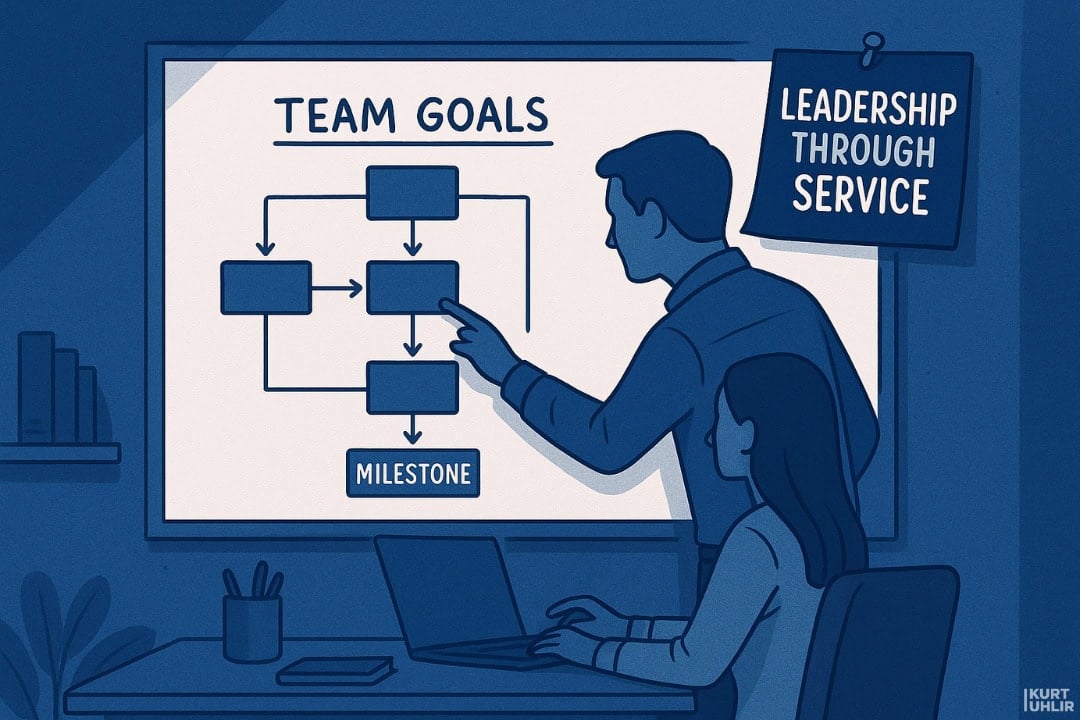
Assume Positive Intent—It’s a Business Operating System
“Assume positive intent.” The phrase can sound soft or “nice,” but here’s what I’ve seen: it’s where healthy cultures are born, and it’s the avoidable failure point when companies derail.
I’ve worked across every layer of organization, from the boardroom to hourly frontline teams. The pattern is relentless: outcomes dramatically improve when your default as a leader, manager, or teammate is “assume they’re trying to do the right thing”—especially as teams scale, go remote, or take on risk.
I’ve even had a former CEO joke that this concept “transformed his marriage.” Not a bad byproduct for a piece of business philosophy.
So how do you operationalize this in a company setting? Not by putting it on a mousepad, or dropping hollow slogans at the all-hands. You model the behavior, relentlessly:
- When a team member points out where I missed the mark, I thank them—and ask for permission to share the story with the wider team.
- Instead of waiting for feel-good moments, I highlight the hard, necessary conflicts—the times someone challenged me, or each other, for the right reasons.
- I reinforce it through action: direct notes, meaningful recognition, and even sending out small tokens of gratitude, not just for victories, but for showing up in the tough conversations.
Kandas was blunt about the risk of “corporate gratitude” degenerating into obligation or cringe. And she’s right—forced gratitude at Thanksgiving is an eye roll, especially in high-output teams. Real gratitude emerges when it’s unexpected, situational, and specifically tied to actions that actually made a difference. One team I worked with introduced the idea of “thanks without the A” as an inside joke, but we operationalized it—turning it from platitude to practice via tools, notes, and real autonomy.
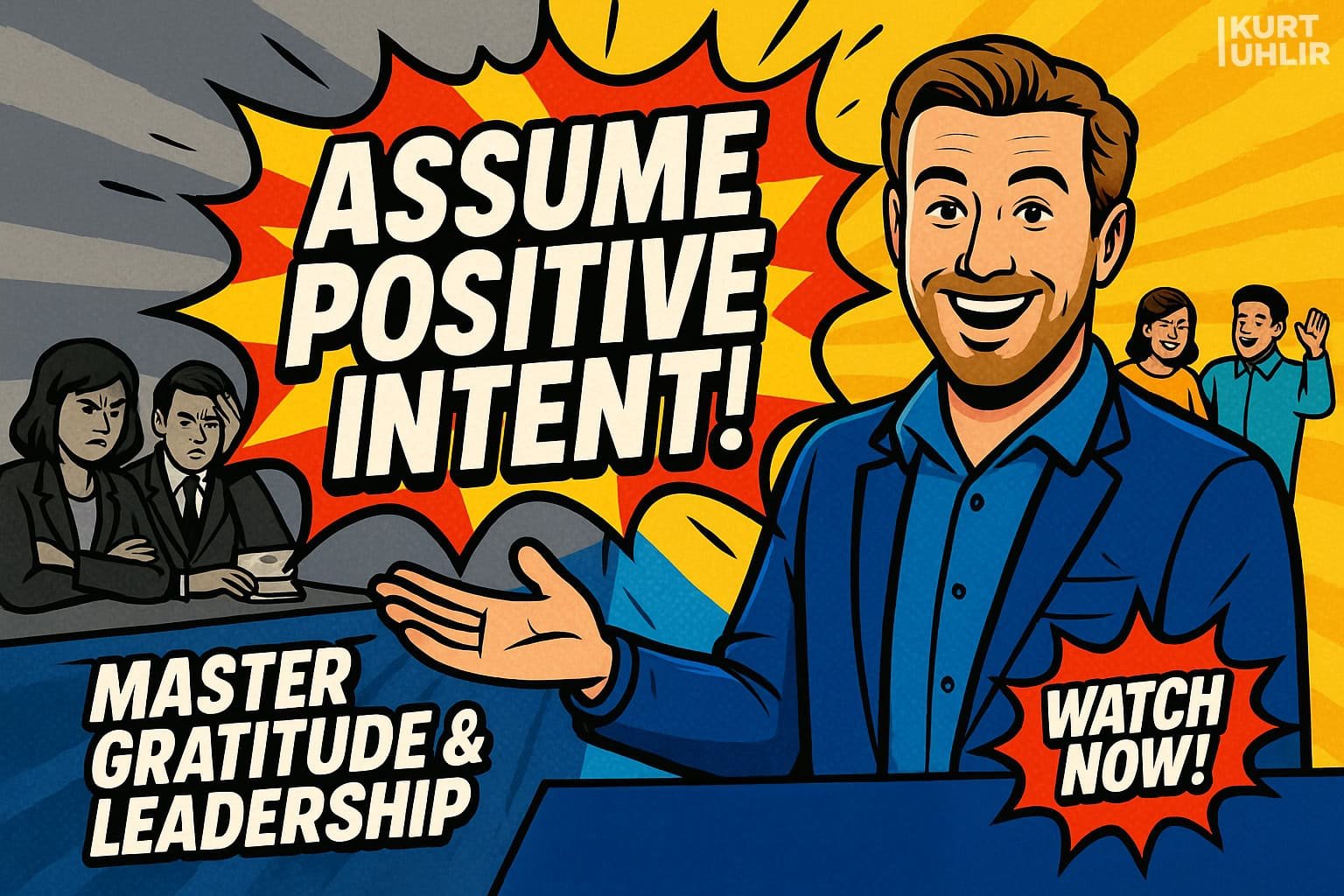
Leadership Distilled: Serving Outcomes, Not Hours
The difference between a manager and a leader is stark—and I’ve never seen the line more clearly than in high-pressure, high-scaling environments.
Most people in “leadership” roles are still managing.
True leaders make this pivot: “I’m hiring you for an outcome, not to micromanage the route you take.” My job becomes designing systems, providing resources, and coaching—but then stepping back, letting go of decisions (at every level) that I no longer own, and serving as a support structure so others can excel.
Consider this: A cashier at a grocery store interacts with more customers in a week than the store owner does in a year. Every word they say, every judgment call, is a decision that impacts brand and customer loyalty. If you try to script or second-guess every move, you burn out your best people and destroy initiative. If instead you coach for judgment, equip for outcomes, and make it explicitly clear you trust them to adjust in real time—you get better results, and people stick around.
Kandas shared a story—the kind of inside-baseball moment everyone in business has lived through. A single copy error in a catalog led to a customer expecting a more expensive item than they paid for. Practically everyone in customer service agreed: “Make it right—send them what was described.” But a new boss, from outside the industry, clamped down, citing policy over flexibility. One decision, made in isolation and without context, eroded years of trust in an instant.
These are the moments that shape culture, far more than vision statements or HR policies.
Measuring What Matters: Hours vs. Impact
This is where the rubber meets the road—especially in today’s hybrid or remote-first environments.
We talked at length about whether people should be measured by hours put in, or by the results they actually deliver. My answer—shaped by years of scaling product, data, and marketing teams—hasn’t changed.
I want people to be paid and celebrated for outcomes, not inputs. If you can deliver the same result in three hours that someone else takes eight to achieve, why penalize efficiency? Better yet, reward it—and free up that mental energy to tackle more ambitious projects, create new value, or (just as validly) tend to personal priorities.
Kandas cut straight to the point: “There are people who can get the same amount of work done in three hours that other people take eight hours to do. The outcome is the same. It doesn’t matter how many hours it took.”
This is not wishful thinking. This is good business. The companies that figure out how to leverage this build not only more engaged teams, but a competitive edge that can’t be copied by simply hiring more people or layering on more process.
But here’s the catch—if your compensation and recognition systems are rooted in hours tracked, you will drive your best people away. If you want them to take risks, to drive outcomes not “just” keep their jobs, you have to shift to incentive structures (bonus, equity, profit sharing) that reward growth, initiative, and execution.
From Corporate to Entrepreneur—and Back Again
Not everyone is wired for entrepreneurship, and even fewer can sustain standalone ventures over the long-term. That’s fine. But the reality is, as Kandas pointed out, many who leave “corporate” are going to return at some point. The question isn’t whether that’s failure—it’s how you walk back in on your own terms, targeting teams and leaders who align with these values.
Here’s what’s worked for me and for the high-output professionals I mentor:
- Don’t wait until you need a new role to start connecting with decision-makers.
- Approach every relationship not as a transaction (networking), but as a conversation about mutual value and shared curiosity (netweaving).
- Collect context ruthlessly: Who makes the hiring decisions? What are the real pain points? What is this leader actually measured on six months from now?
Kandas got fired up hearing about the concept of “net
weaving.” No surprise—she’s a natural at it, connecting people for the sake of better outcomes, not just a sales pipeline. It’s the right filter to find your next opportunity, because the best companies and leaders quietly signal their approach well before there’s a formal job rec. The reverse is also true—if you’re forced to search for gratitude, evidence of real autonomy, or a willingness to reward outcomes in the hiring process, don’t expect it to magically appear once you’re inside.
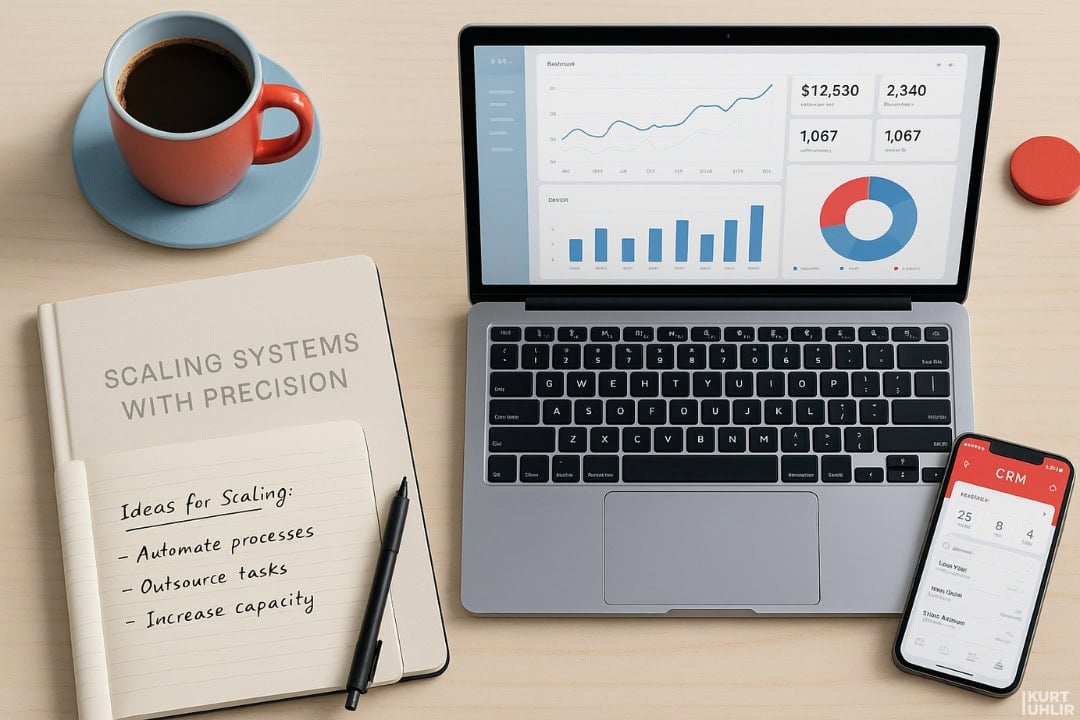
Operational Discipline: Routines, Tools, and Why They Matter
Systems are only as strong as the discipline behind them. Every executive I know who has thrived remotely or in high-growth settings has an ironclad routine—a way to “flip the switch” and move into execution mode, regardless of distractions.
For me, that’s as granular as shaving every morning, dressing for the work I want to do, and (weird as it sounds) always wearing closed-toed shoes when I work from home. My performance drops 40% if I don’t follow this process. It’s not just about the shoes—it’s signaling to my brain: “now, we’re on.”
The same applies to how you structure your day, your meetings, and your follow-ups.
You don’t have to use the same tools as everyone else, but you do need clarity—a system for capturing what matters, for batching decisions, and for closing loops on opportunities as they emerge.
Kandas made the case for systems in the home office, not just the corporate floor. Whether you’re managing projects in Trello, tracking contacts with Dex (my go-to for personal CRM), or handling your sales pipeline in HubSpot or Pipedrive—the right tools exist. What counts is removing friction and letting your brain focus on execution, not on remembering details that software can handle for you.
How You Treat People Is Your Real Moat
We closed with stories, not about revenue or growth metrics, but about the power of genuine human connection—about why gratitude, when handled right, is the real moat for any business.
I am where I am because of a thousand moments of positive intent shown to me—forgiveness when I missed the mark, a challenge when I needed to rise, trust from mentors, and grace from my wife when I tried to carry too much for too long before admitting I needed help.
Culture isn’t defined by what’s written on the wall, but by how your people feel—about themselves, about each other, about the mission—after the hardest week of the quarter. It’s in the details: gratitude that isn’t performative, conflict that isn’t toxic, and recognition that’s as specific to the tough moments as it is to the victories.
Assume positive intent. Build systems that help your people—and yourself—act on it every day. That’s how you scale. That’s how you win.
If any part of this strikes a chord—or a nerve—let’s keep the conversation going below. Where have you seen positive intent shape a team, or a business? When have the wrong systems (or lack thereof) kept you from contributing at your best? I’m genuinely curious—and I do read every comment.
Kurt
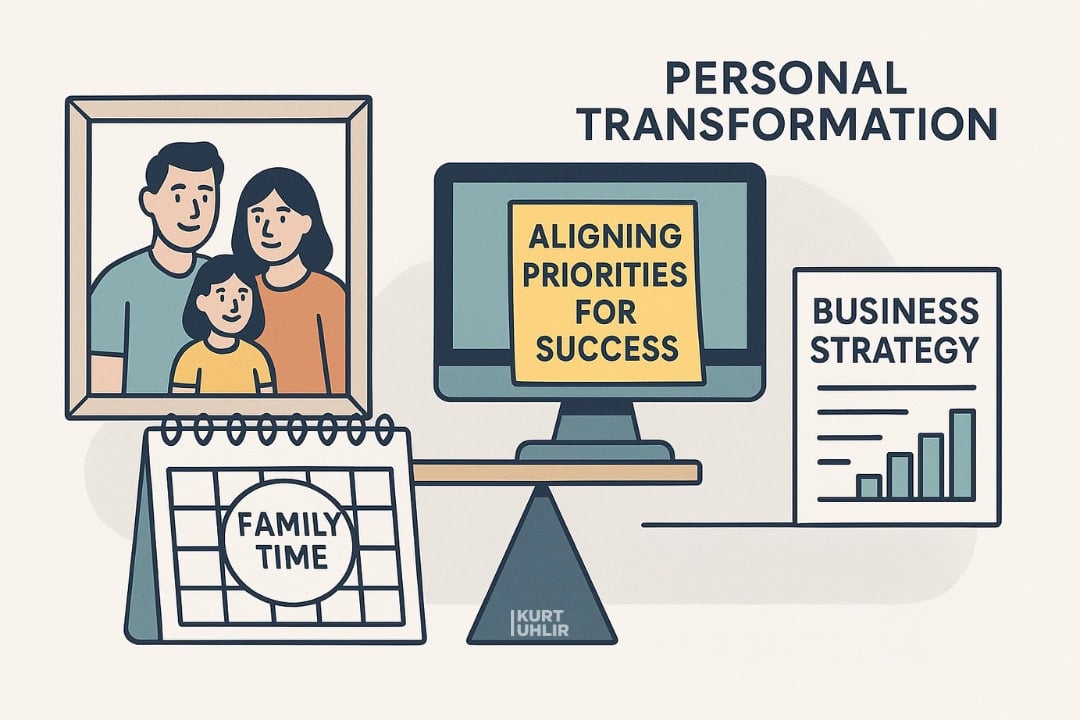
Questions to Consider
- Assuming Positive Intent:
How can “assuming positive intent” transform not only workplace relationships but also personal ones, as illustrated by the story about applying API concepts to marriage? - Scaling Businesses:
What do you see as the main challenges and key decisions when scaling companies across multiple industries, based on the experience of growing a company from $85 million to $1.44 billion in revenue? - Proprietary Data and Collaboration:
Why do you think major mapping and navigation companies hesitate to share data, and how does that impact innovation and customer experience? - Remote Work and Personal Routines:
What did you find surprising or most challenging about transitioning from office work to a home or remote environment, and how do personal routines contribute to productivity? - Value vs. Hours Worked:
Do you agree that compensation should be based on outcomes instead of hours worked? What systems or cultural shifts does this require for most organizations? - Leadership vs. Management:
How would you distinguish between a true leader and a manager, and what practical steps can leaders take to genuinely empower their teams? - Healthy Conflict:
Why is encouraging healthy conflict critical to growth, and how can leaders create a culture where team members feel safe to challenge decisions? - Gratitude in the Workplace:
Beyond verbal recognition, what are meaningful ways companies can express gratitude without coming across as superficial or insincere? - Networking vs. Netweaving:
How does the concept of “netweaving” differ from traditional networking, and how can entrepreneurs or professionals start adopting this mindset in a practical way? - Technology and Personal Relationships:
With tools like personal CRMs now available, how can technology help foster deeper professional and personal connections, rather than simply automating communication?
Each of these questions ties directly back to stories, insights, and strategies discussed in the episode, encouraging reflective and practical conversation.
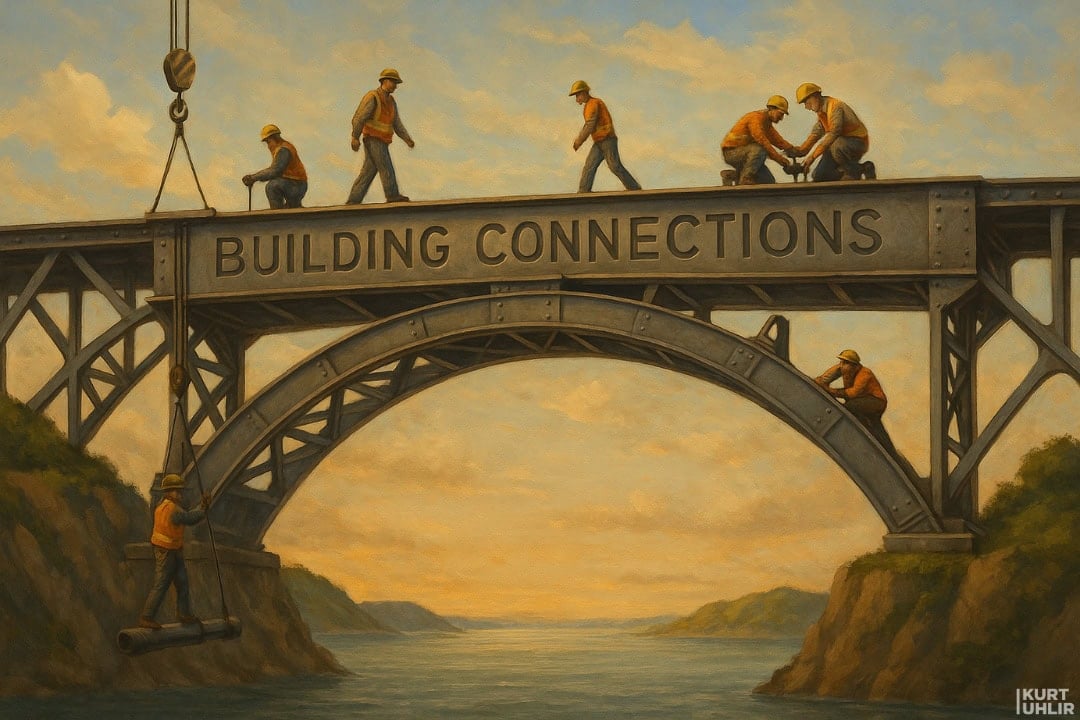
Memorable Kandas Rodarte Quotes
- “As a California girl… Please don’t ask me to wear shoes. I don’t care if I live in Michigan now. Please don’t ask me to wear shoes.” – Kandas Rodarte
- “There are people who can get the same amount of work done in three hours that other people take eight hours to do. I personally think the person who can get it done in three hours should get paid the same amount of money as the person who takes eight hours to do it because the outcome is the same. It doesn’t matter how many hours it took.” – Kandas Rodarte
- “I just learned that I’m not a networker, that I’m a netweaver. And this is a very exciting thing for me…” – Kandas Rodarte
- “An opportunity can lead to so much more than a client.” – Kandas Rodarte
- “A lot of people have left the corporate world and have started their own businesses… But there’s only so many entrepreneurs who are actually going to be successful and so eventually they’re going to have to go back to corporate. Sorry, I’m sorry, some of you don’t want to hear that.” – Kandas Rodarte
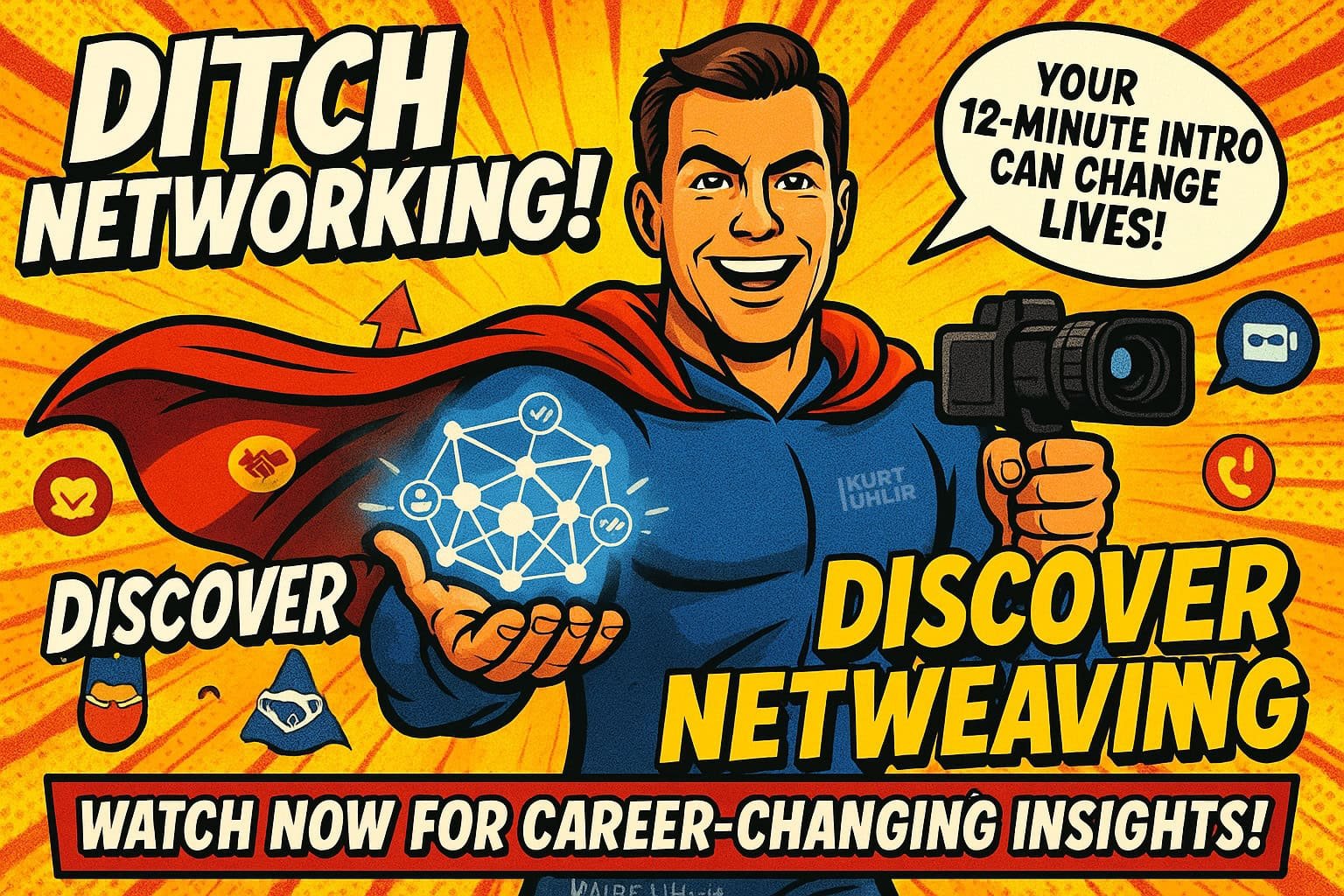
Memorable Kurt Uhlir Quotes
- “I hire people to achieve an outcome. Once you do that, my job becomes showing up every day and asking: how can I serve you to help you reach those outcomes?” – Kurt Uhlir
- “Most people in leadership roles are not leaders—they’re managers. Leaders serve; they don’t just tell people what to do.” – Kurt Uhlir
- “The best way you can ever interact with a customer or appear at a company is to assume positive intent.” – Kurt Uhlir
- “If you only pay someone a salary, you’re rewarding them not to take risks. True rewards come when you share the upside.” – Kurt Uhlir
- “Technology should amplify who you are, not restrict you.” – Kurt Uhlir
- “Most companies are so afraid of risk that they forget about the reward they’re giving up by holding people back.” – Kurt Uhlir
- “Assume positive intent. I had shirts made for my teams with ‘API’ on the sleeve as a daily reminder.” – Kurt Uhlir
- “My job as a leader is to coach and train you to be better—and then trust you. You make decisions every day; I can’t micromanage that.” – Kurt Uhlir
- “Gratitude isn’t just for things that feel good. Sometimes, I’m grateful for the hard conversations and the conflict that make us better.” – Kurt Uhlir
- “You have to say things so often to your team that your spouse is annoyed overhearing them—only then are people really starting to get it.” – Kurt Uhlir
